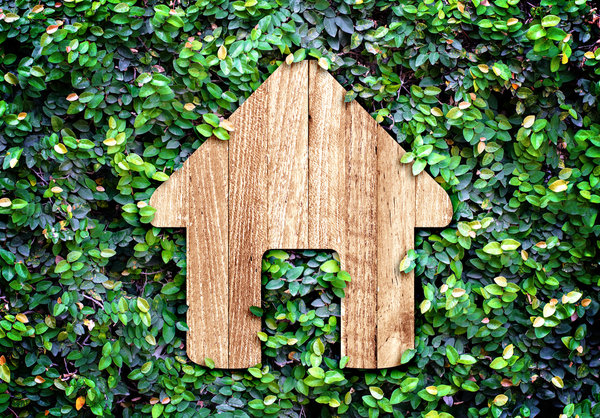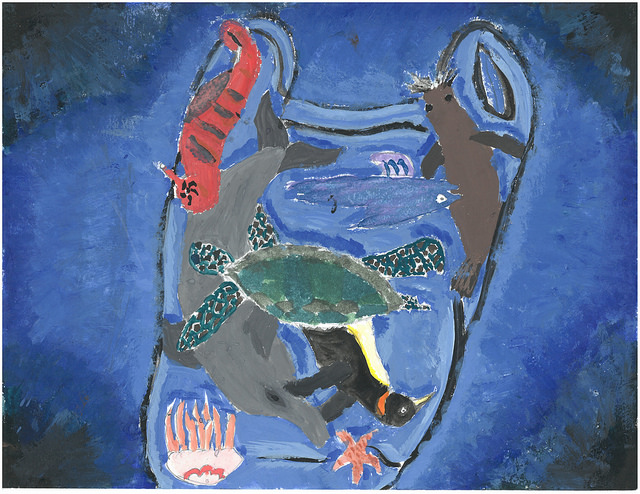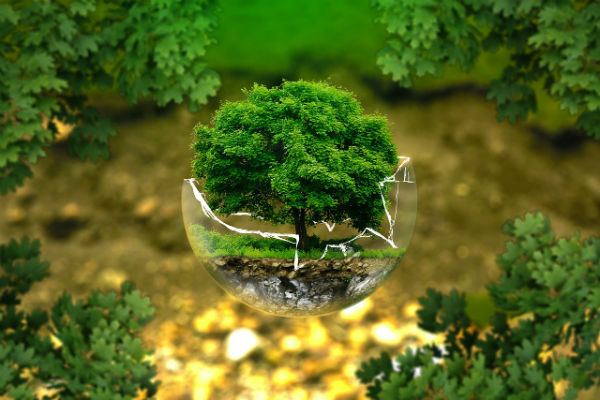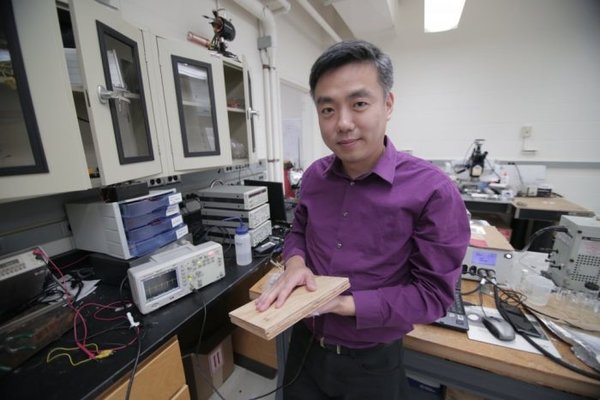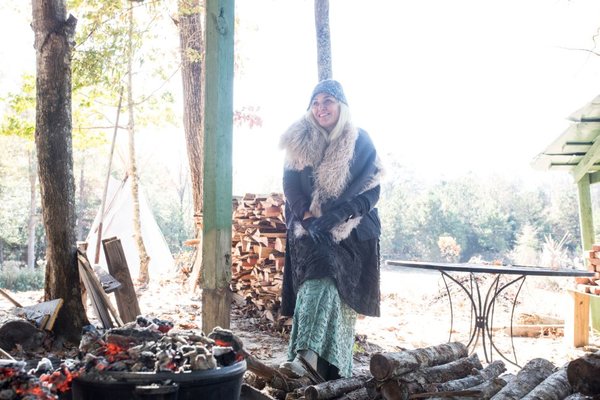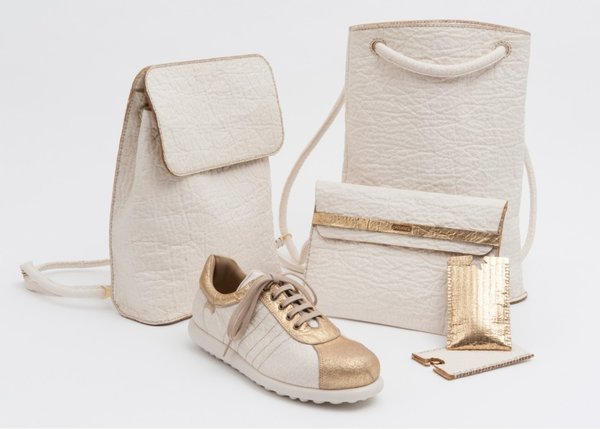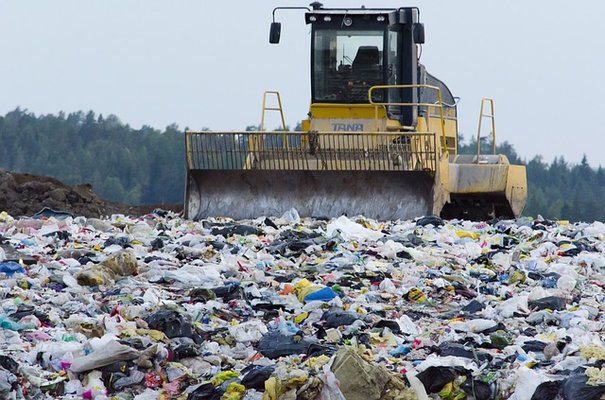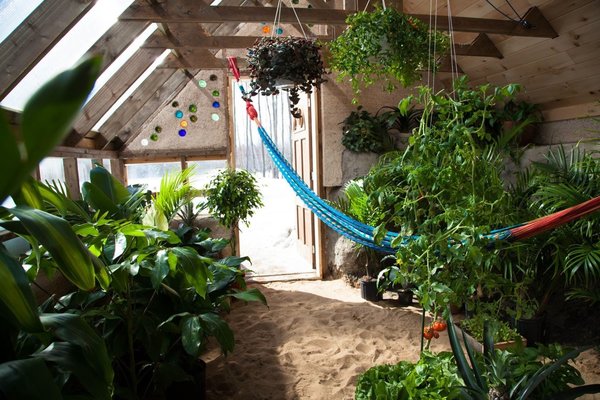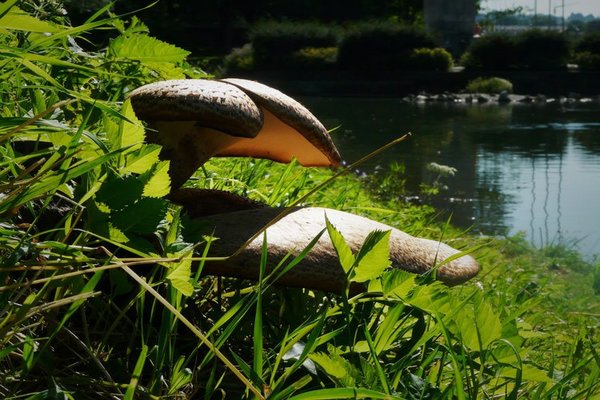Take the step towards sustainable living with these 7 tips. Inch yourself each day towards a zero-waste lifestyle while also making your home look and feel more peaceful and beautiful. There are many reasons to make your home more sustainable, and saving money on your energy bills is only one reason. Many people choose to go greener to save the environment for future generations by reducing their carbon footprints. Fortunately, making your home more sustainable may not be as complicated or expensive as you might think. Here are seven key things you can start with today.
Continue reading... →Plastic bags are a global problem. Annually, some one trillion of them are used around the world, and fewer than 5 percent are actually recycled. This means a massive buildup of waste, litter, and chemical toxins in the environment. Material engineering professor Nicola Everitt, from The University of Nottingham in the U.K., thinks she might have the solution: Shrimp shells. For the past year, Everitt has been working to turn crushed up crustacean shells into biodegradable plastic bags so that they can be used in Egypt, a country with a severely inadequate waste disposal system. Right now, she and the team in Egypt are working to optimize the Chitosan extraction process, which takes about three days to complete. If the team is successful in Egypt, Everitt plans to explore production in other countries where there is a similar abundance of shrimp shell waste, like Thailand.
Continue reading... →Environmentalism has taken many different forms over the years. Recently, say the past decade or so, it’s been largely relaxed and passive. Now however, that’s changed in the U.S. as there’s a new administration in town that doesn’t have the same views on environmentalism and climate change as did the previous administration. No matter where you stand on politics, the last eight years were progress for our planet but they weren’t good enough. If you’re not sure where to begin to keep environmentalism alive in 2017, here are plenty of options.
Continue reading... →Flooring can be made from any number of sustainable materials, making it, generally, an eco-friendly feature in homes and businesses alike. Now, however, flooring could be even more “green,” thanks to an inexpensive, simple method developed by University of Wisconsin–Madison materials engineers that allows them to convert footsteps into usable electricity. Wood pulp, which is already a common component of flooring, is partly made of cellulose nanofibers. They’re tiny fibers that, when chemically treated, produce an electrical charge when they come into contact with untreated nanofibers.
Continue reading... →Alabama Chanin’s success reflects an ongoing evolution in the fashion industry format from seasonal to sustainable. Natalie Chanin began making t-shirts that New Yorkers wanted to touch over 15 years ago. It started with a hastily refashioned tee for a swanky party. The rural Alabama girl thought it was unusual that the “fancy fashion city folk” handled her creation with wonder. This makeshift shirt opened an opportunity to connect with people from a different world. That’s how the founder and creative director of Alabama Chanin describes the advent of her sustainable slow fashion brand in an episode of storytelling podcast The Moth entitled “200 One-of-a-Kind Shirts,” recorded in April of 2014. She was moved to create more, and it was the quilting tradition of her grandmother’s generation and the pastoral inspiration of her hometown that drew her back to Florence, Alabama to start her business.
Continue reading... →New materials company Ananas Anam is using pineapple waste to create a new material that provides an animal-friendly alternative to leather. The material uses fine cellulose fibers extracted from pineapple leaves – which are considered an agricultural by-product that is often burned or left to rot. An estimated 40,000 tonnes of this pineapple waste is generated globally each year. Piñatex utilizes waste taken from pineapple plantations in the Philippines, with local factories separating the strands and felting them together into a non-woven fabric that can be used for clothes, footwear or furniture.
Continue reading... →Today, there are nearly 2,000 active landfills across the country and hundreds more are at capacity, a stark reminder of just how massive our waste problem has become. One thing we have to remember when looking at this is that trash, and landfills, are a human invention. Waste does not exist in nature, in any form. Everything that is produced in a healthy ecosystem is consumed or decomposed by another organism, or the sun. That is because, in a natural system, everything has value to something. We need to return to how things were in nature, where waste does not exist, by creating a circular economy and committing to zero-waste systems.
Continue reading... →With drought, economic instability, erratic weather and interruptions in transportation a very real threat, it really doesn’t take much to have the food supply disrupted. As the famous proverb says: “Necessity is the mother of invention.” Taking this proverb and running with it, a team of innovators from Quebec, Canada have developed an eco-friendly and exceptionally cost-effective solution to our food woes — The Greenhouse of the Future. Combining the principles of Earthships, aquaponics and passive solar greenhouses, Gendron — along with friends, Christian Désilets and Curt Close — designed and built a radically different food growing system. Not wholly surprising, they christened it The Greenhouse of the Future.
Continue reading... →On an expedition to the Ecuadorian rainforest, Yale students discovered a new type of fungus which may speed up the decomposition process of discarded plastics in landfills. Currently, Americans discard about 33.6 million tons of plastic each year. Only 6.5 percent of it is recycled and 7.7 percent is combusted in waste-to-energy facilities, which create electricity or heat from garbage. In result, there is a massive amount of non-biodegradable materials being tossed into landfills with a wait of about 1,000 years or so before they decompose. What’s worse, many of these materials may leak pollutants into the soil and water. The fungus is the first one that is known to survive on polyurethane alone, and it can do so in an anaerobic (oxygen-free) environment, suggesting it could be used at the bottom of landfills.
Continue reading... →A monumental new biotechnology agreement between IKEA Supply AG and Newlight Technologies will signal another move away from unsustainable virgin fossil-based plastics in line with IKEA’s sustainability goals. The latest agreement will see IKEA invest in a 10 billion pounds production licence with Newlight sustainable materials. IKEA now has the exclusive rights in the home furnishings industry to use Newlight’s exciting carbon capture technology to convert bio-based greenhouse gases, from biogas and later from carbon dioxide, into AirCarbon thermoplastics for use in its range of home furnishing products.
Continue reading... →